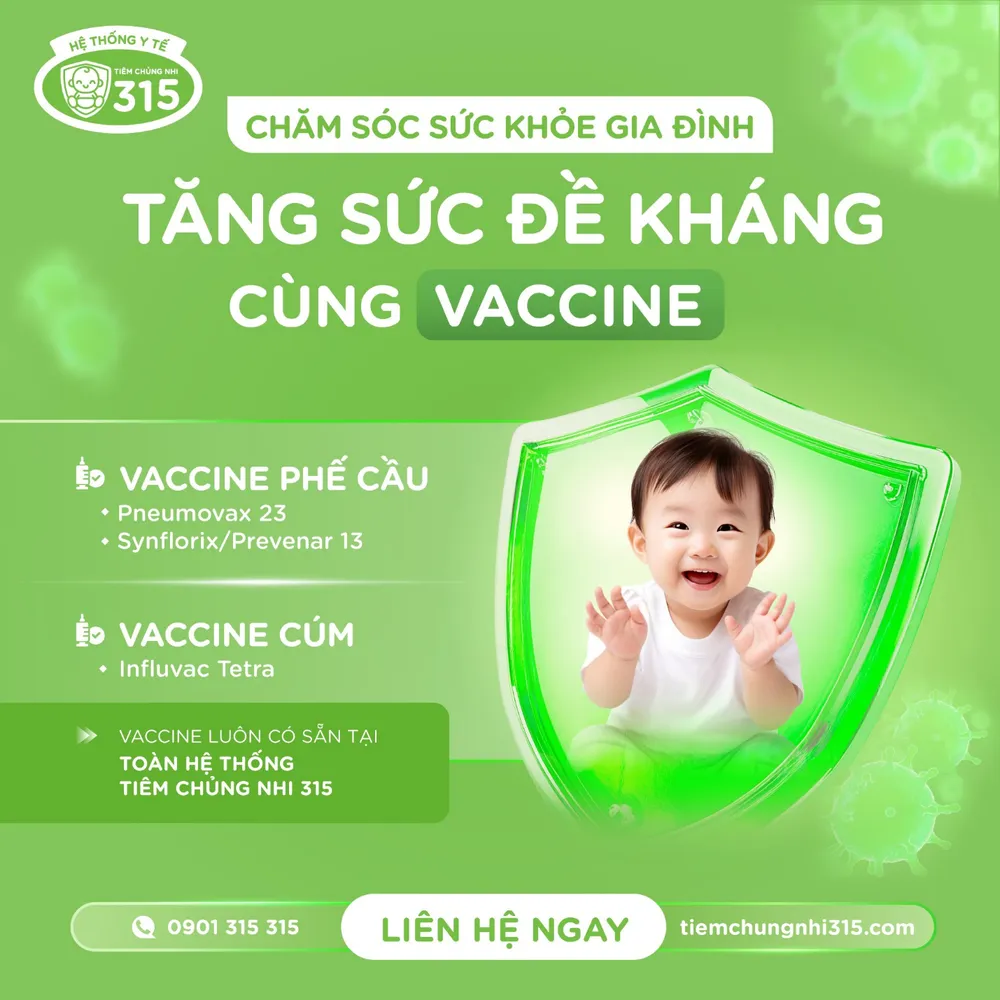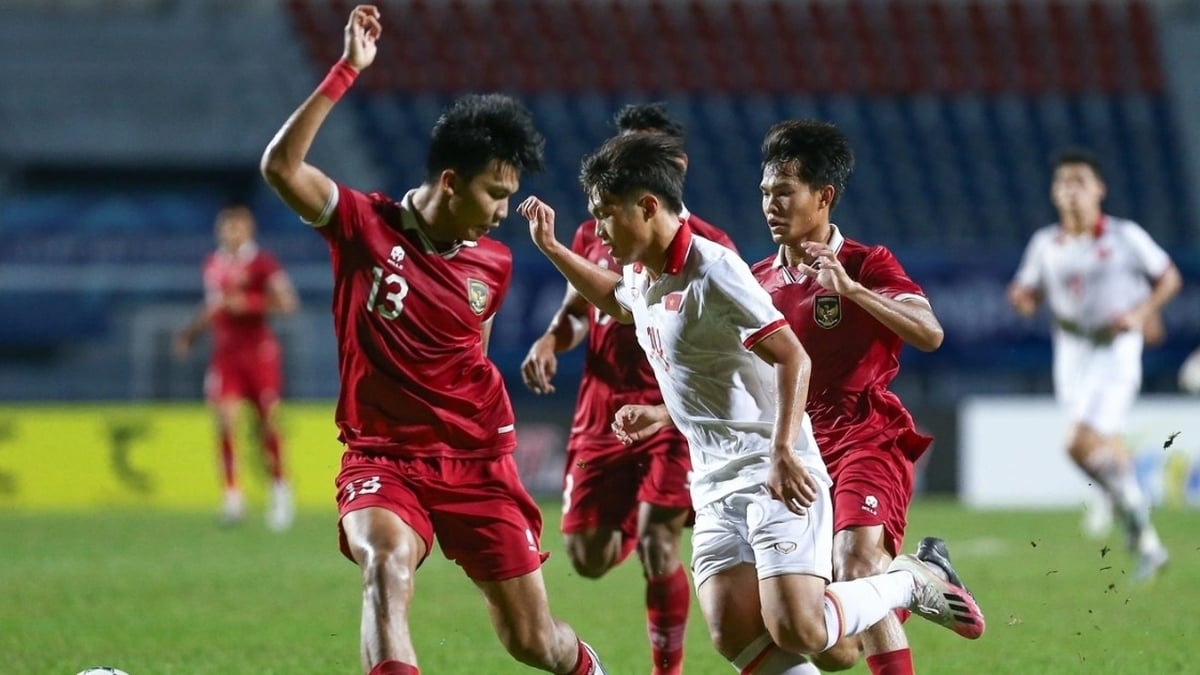The cause of heat rash in children is due to clogged pores. Pores are small holes on the skin surface that function to secrete sebum and sweat. When pores are clogged, sweat accumulates, leading to inflammation and rupture of the glandular ducts. Children will feel itchy, uncomfortable, and scratching a lot can lead to skin infections later.

According to Dr. Doan Tuyet Kha, Head of Children's Clinic 315, National Highway 22 branch, said: Any cause of excessive sweating can lead to heat rash in children, not just in the summer. Hot and humid weather is the most common cause because it makes children sweat more. Vigorous physical activity such as high-intensity exercise, children playing a lot in the hot sun also causes increased sweating. Especially when children have a fever, their body temperature will increase, the body will stimulate sweat glands to work, increasing sweating to reduce the temperature.
Some other causes also lead to heat rash such as skin congestion due to wearing tight clothes, wearing thick diapers, thick clothes that are too hot, lying in bed for too long leading to lack of ventilation, increasing the risk of sweat gland blockage; Using some drugs when used will cause increased sweating such as bethanechol, clonidine and neostigmine...
Most cases of heat rash can be cured by themselves with proper skin care. Some severe cases with complications need to be examined and the doctor may prescribe topical medications depending on the skin condition.
Why do children often have heat rash?

Heat rash can occur in children and adults. However, children are more susceptible to heat rash than adults due to the following factors:
Underdeveloped sweat glands: In young children, especially newborns in the first months of life, sweat glands are not yet active, sweat ducts are small and not fully developed. Therefore, the child's ability to regulate body temperature is poorer. When the child is too hot or active, sweat is secreted a lot, not all of it is released, easily leading to clogged pores causing heat rash.
Over-dressing: In daily childcare, adults often tend to overdress their children, especially newborns, for fear of them getting cold. This over-dressing increases sweating, skin congestion and the risk of heat rash.
Lying in bed a lot: Children who cannot sit up yet often lie down a lot. Especially in areas of skin such as the back, buttocks, and nape of the neck that are not ventilated, this increases the risk of heat rash in the above areas.
In summary, a combination of underdeveloped sweat glands, poor thermoregulation, and over-warming habits are the main reasons why young children are more susceptible to heat rash than adults.
How to identify and classify, treatment direction?

Heat rash is usually not difficult to recognize, parents can note the following typical symptoms:
Location: Often appears in skin areas with many folds or prone to heatstroke such as: neck, upper chest, back, abdomen, groin, armpits, buttocks, elbows.
Shape and color: clear blisters or red papules, 1-4mm in size, rough, red, pink, or clear white. Often causes itching, stinging, mild discomfort, rarely painful.
There are three types of heat rash, classified based on where the sweat duct is blocked.
Crystalline rash (Miliaria crystallina): is the mildest form, affecting only the uppermost glandular ducts of the skin. The blisters are small, shallow, contain clear fluid, are easily broken, do not cause inflammation or much itching, and are often found on the face, neck, and chest. This form can resolve spontaneously within a few days without specific treatment.
Miliaria rubra: deeper skin congestion, most common in children. This form is characterized by red, itchy, stinging papules that appear in skin folds, on the forehead, upper body, and under tight clothing.
Miliaria profunda: larger, white, firmer bumps on the trunk and limbs, deep under the skin, causing the baby to feel hot and uncomfortable
The principle of treating heat rash in children is to cool the child's skin, keep the skin dry, reduce inflammation and itching, and prevent complications of skin infection.
What is the long-term damage from heat rash in infants and children?

Although heat rash is usually harmless and clears up relatively quickly with proper care, some situations can lead to permanent damage, although rare.
Scarring: Heat rash usually heals without scarring. However, if the skin infection is severe and deeper layers of skin are affected, there is a small risk of scarring.
Thermoregulation disorders: A rare complication of severe miliaria profunda (a form of deep heat rash) is long-term dysfunction of the sweat glands, which can be temporarily damaged or completely destroyed. This results in a loss of sweating in the affected areas, accompanied by compensatory sweating in unaffected areas, especially the face, armpits, and groin. The result is ineffective thermoregulation and may be accompanied by hyperthermia, heat exhaustion, weakness, malaise, dyspnea, tachycardia, and cardiovascular failure.
Therefore, if parents have any concerns about their child having a heat rash, it is best to take the child to see a doctor.
Health System 315:
Hotline: 0901.315.315
- Ivy Health International Clinic https://www.ivyhealthvn.com/
- 315 Obstetrics and Gynecology System https://www.phusan315.com/
- Children's Health System 315 https://www.nhidong315.com/
- 315 Pediatric Immunization System https://www.tiemchungnhi315.com/
- 315 Eye Medical System https://www.mat315.com/
- Cardiovascular Health System - Diabetes 315 https://www.timmachtieuduong315.com/
Source: https://www.sggp.org.vn/tai-sao-tre-thuong-phat-ban-nhiet-vao-mua-he-post805066.html






































































































Comment (0)